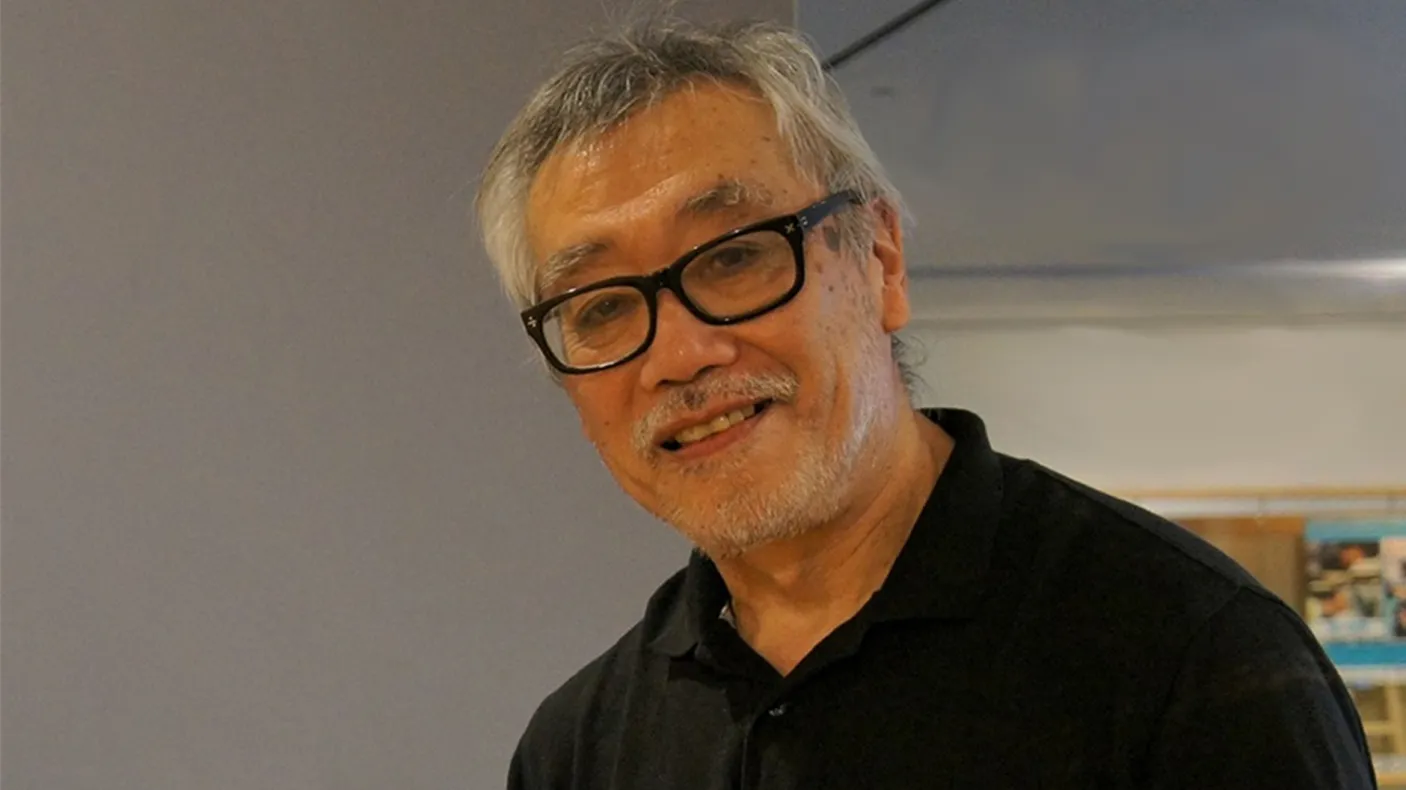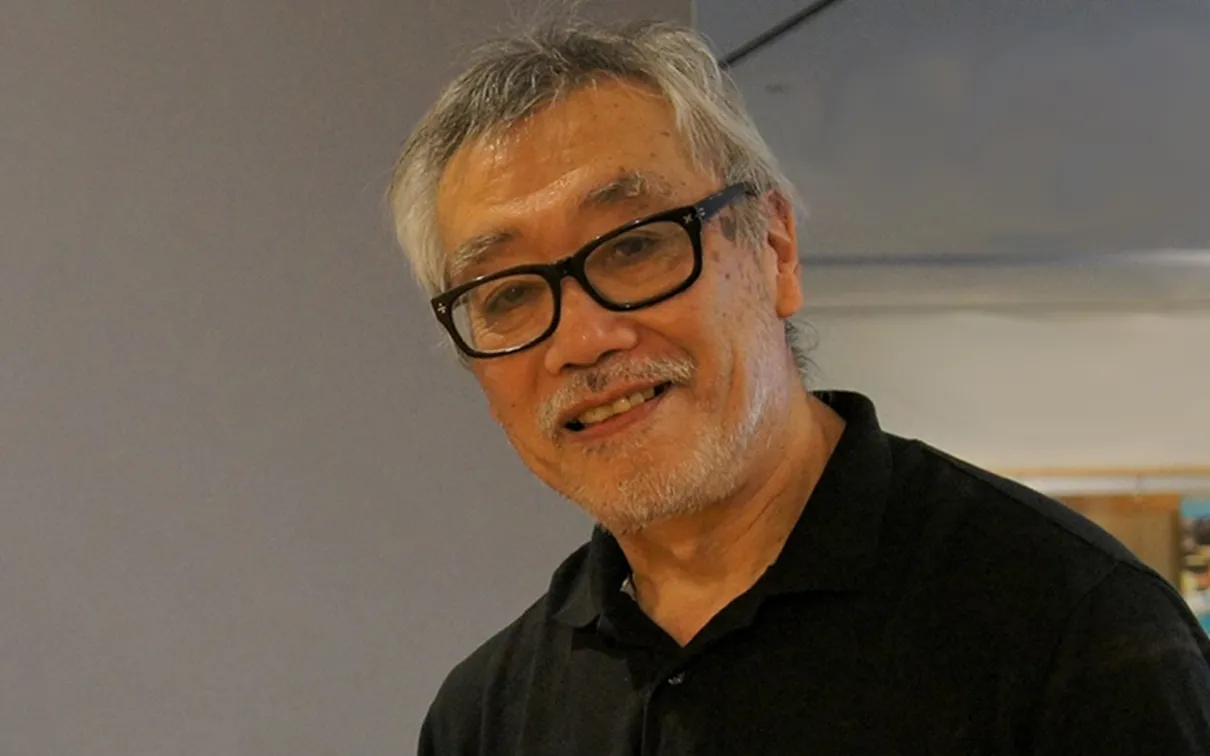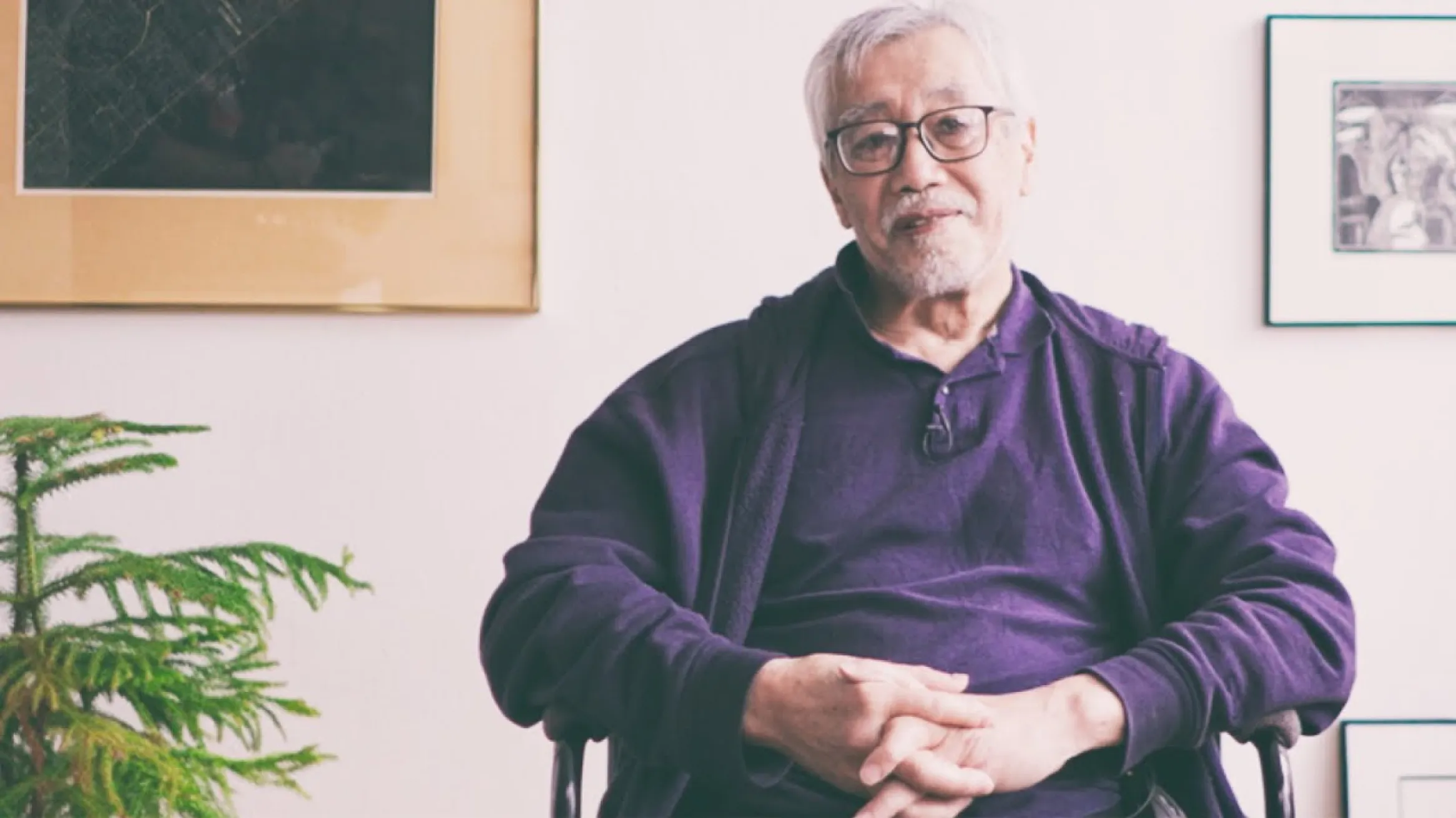Interview with Bryce Kanbara
Q&A: Artist, curator, gallery proprietor Bryce Kanbara discusses winning the Governor General’s award in Visual and Media Arts and community representation in artistic practices.
Published
Category
Author
Hamilton-based visual artist
Hamilton-based visual artist and curator Bryce Kanbara was recently named one of eight recipients of the 2021 Governor General’s Award in Visual and Media Arts. Handed out by the Canada Council for the Arts, the award honours Kanbara’s distinguished career, which includes curatorial and leadership roles at several prominent galleries and cultural organizations, including the National Association of Japanese Canadians and the Ontario Arts Council, as well as his outstanding contribution to the visual environment of Canada at large.
Now 73, Kanbara is the proprietor of the You Me Gallery and continues to produce vital, proactive, and collaborative work. Two years ago, Kanbara was asked to co-curate the ROM’s Being Japanese Canadian exhibition. Below he fondly recalls that experience and explains how winning this important award is a validation of his polymath approach to practicing art.
Portrait of Bryce Kanbara
Portrait of Bryce Kanbara, 2021 #GGARTS Winner. A co-production of the Canada Council for the Arts and Maya Bastian. A presentation of the Canada Council for the Arts and the Independent Media Arts Alliance.
Congratulations on winning the Governor General’s Award! Over the years, you’ve led several cultural organizations that support the arts and this award is one more way of recognizing your contributions to the cultural sector. What does this recognition mean to you?
Kanbara: My art practice has sometimes been described as a multi-headed monster in that I’m a visual artist, curator, gallery owner, and community worker, of sorts. From time to time, I’ve had the opportunity to mix and match these activities. I suppose the award is acknowledgement that this approach, which might seem scattered to some, has merit.
You co-curated the 2019 exhibition Being Japanese Canadian at the ROM. How was that experience?
Kanbara: First off, it was a privilege to work with Arlene Gehmacher, Heather Read, Kathy Yamashita and the ROM project team. Their professionalism gave my grass roots sensibilities a good shake. As the works of Japanese Canadian artists were interspersed among the permanent collection pieces in the Sigmund Samuel Gallery of Canada (Heather’s idea), visitors were challenged to seek and puzzle out the exhibition’s purpose. I think it was a novel and provocative way to engage them in discussions not only about Japanese Canadian history, but also about identity on a number of levels: self, family, community, region, and nation.
Winning the Governor General’s Award will undoubtedly bring attention to your current and upcoming projects. What can we expect to see from you in the near future?
Kanbara: The COVID crisis has affected several projects I was working on. I’m currently part of an exhibition called IKI: Breath with Lillian Michiko Blakey (who was featured in the Being Japanese Canadian exhibition) at Newmarket Old Townhall Art Gallery. Lillian’s work is about her Japanese Canadian identity and the impact of the World War II internment of Japanese Canadians on their families and community. My part in the exhibition is a companion to hers: it’s comprised of three community [photography] art projects I organized from 2011-2017 which aimed to involve diverse ethnic communities throughout Hamilton. The goal was to chip away at the insularity which, to me, seems to thwart interaction and mutual understanding. However, I am not a photographer, so I worked in collaboration with Jim Chambers, Masoud Eskandari, and Mina Ao to create and execute the projects. The first, titled 55/58, was comprised of faces of 55 Hamilton artists—a community I know well—on one side, and 58 Hamilton Muslims on the other. The visual separation underlined the fact that the artists, including me, had little or no contact with the Muslim community in our city. The second project, Our Place, began with an overly ambitious plan to photograph a wide range of ethnically diverse families seated around their dining tables at dinner time. In the end, we documented 19 families (Muslim, Hindu, and one Chinese senior couple) and learned a lot about the importance of relationship-building, patience, and trust. The third project, which also, coincidentally, included 19 photos, was documenting urban Indigenous people in their homes. It was called, Tesatawiyat, which in Mohawk means “Come in,” as when someone knocks on your door. The galley was shut down the week after the exhibition opened and is still installed there, making it longest running and most scarcely viewed exhibition I have been involved in.
Also, last March I built a wall in my storefront gallery in Hamilton (You Me Gallery). The intention was to reduce the exhibition space so that artworks can be viewed through the front window 24/7. The current exhibition, on until April 7, is a series of expressionist paintings of Walter Gretzky by Brantford artist, Patrick Carson.



